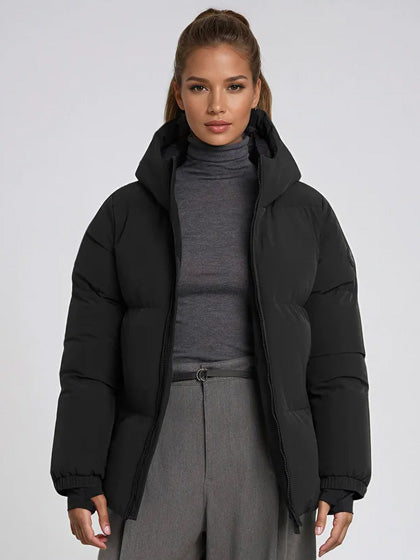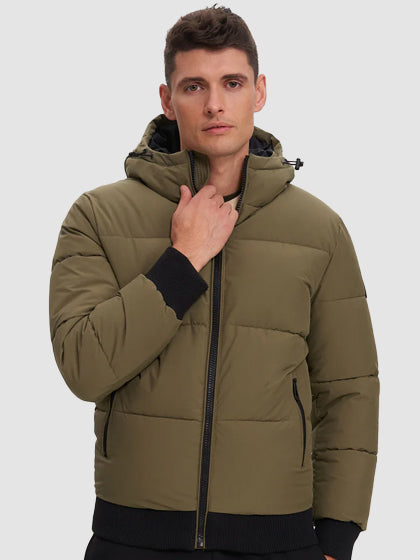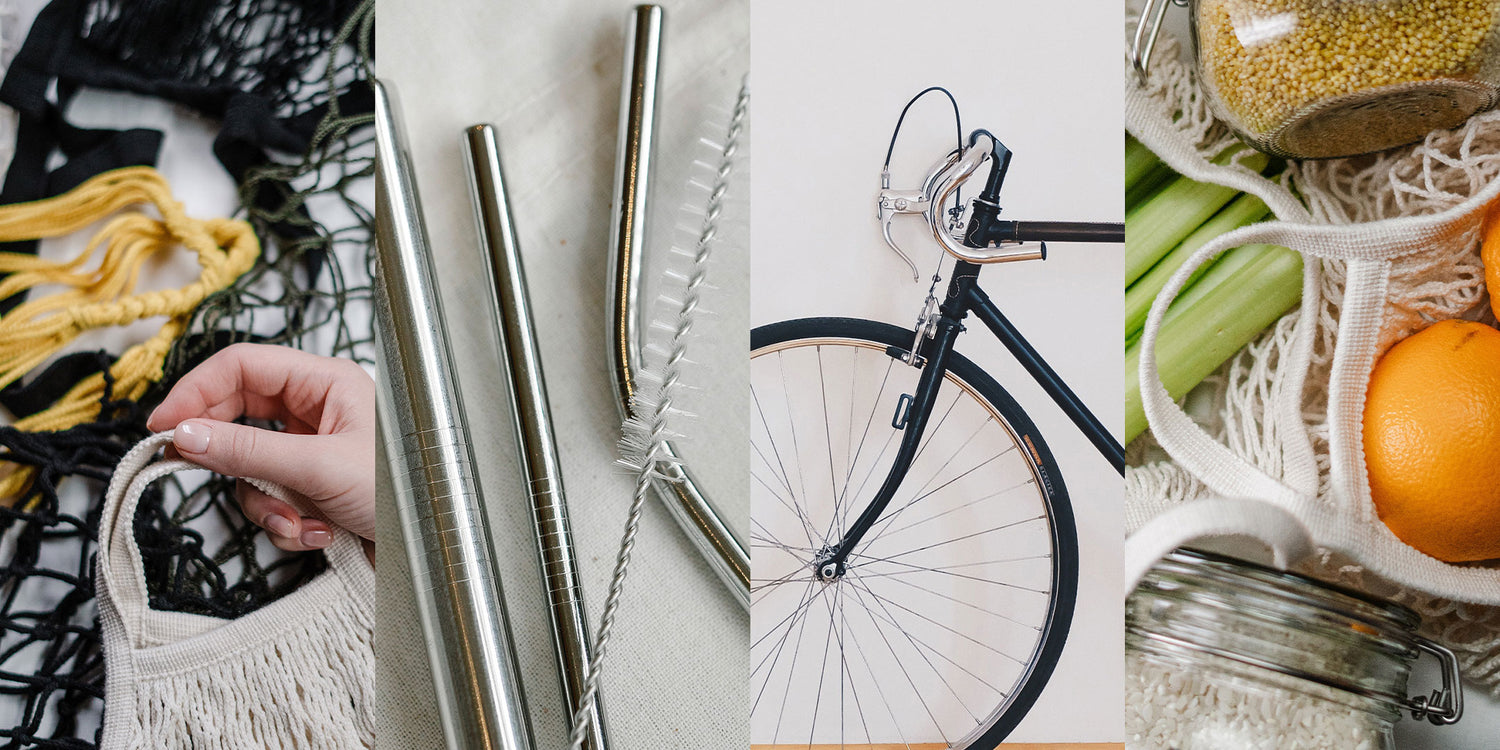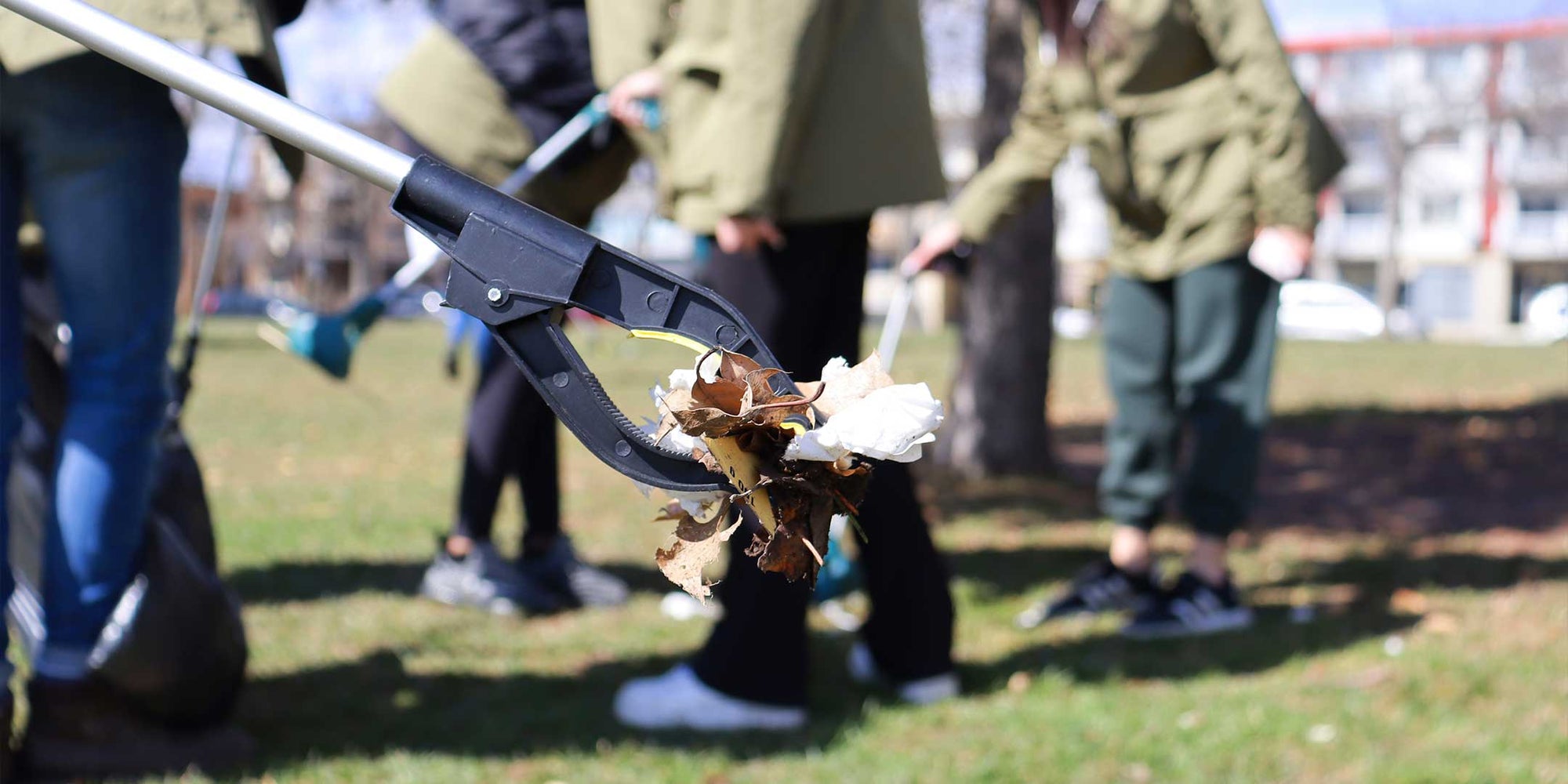Sustainable living means working to reduce your need for natural resources and to conserve resources at the same time. Through sustainable living, you’ll become more aware of how your food and product choices and your energy use make an impact on the environment.
Why is it important?
According to the World Health Organization (WHO), nearly 14 million deaths per year—which is 24% of global deaths—are caused by environmental conditions, all of which are preventable. Notably, air pollution is one of the largest risks to health followed by unsafe water. Climate change continues to produce “heat waves, droughts, extreme rainfall, and severe cyclones in many areas, and modifying the transmission of food-borne, water-borne and zoonotic infectious diseases, resulting in large impacts on health.”
The WHO urges people to do what they can to help rectify the negative effects of high energy demands, unsustainable transportation, and lack of access to parks and green areas, among many other trends we’re seeing from development.
You don’t have to sell everything and move to a self-sustaining cabin in the woods to practice sustainable living, don’t worry. Instead, here are 10 beginner-friendly steps you can start taking to work toward this new lifestyle.
 Minimalism is a sustainable lifestyle that believes you can live a quality life with fewer things. It’s focusing on what you actually need instead of prioritizing only what you want.
Minimalism is a sustainable lifestyle that believes you can live a quality life with fewer things. It’s focusing on what you actually need instead of prioritizing only what you want.
To begin a minimalist lifestyle, give away what you don’t need by selling, recycling, or donating. You can find what you don’t need by decluttering your home—Marie Kondo style or not. Go through your belongings and decide if you’ll use that item within the next six months. If you won’t or haven’t, it’s time to sell, recycle, or donate.
Another tip is to simplify your spending. By buying only things you need, you prevent ever having things go to waste in the first place, which is one of the best things to do for our planet. Eco Ally has five questions to ask yourself before every purchase you make, which will help you live more sustainably:
- Do I really need this product?
- How long is this product going to last?
- How much waste will be generated from this purchase over its life cycle?
- Is this purchase ethical? (Were any people, animals, or habitats harmed in making it?)
- Who owns this company and what are they doing with their profits? (Is this a cause I’m willing to fund?) P.S. You can learn about our sustainability efforts here.

The problem with typical cleaning products is that they lead to pollution and waste. Besides, do you really know what all those ingredients are in your cleaning products? Take control over products in your home and avoid risking your products from ending up in streams, rivers, and the food chain by making your own natural cleaners.
Here’s what Eco Warrior Princess suggests for your homemade cleaners: For windows, mirrors, and glass surfaces, mix ½ gallon of hot water, 2 tablespoons of vinegar, and 4 tablespoons of lemon juice.
For wood furniture, panels, and floors, mix one cup water, one cup vinegar, and one tablespoon olive oil.
For dirty drains, use a cloth dampened with vinegar to wipe away gunk. Then pour ¾ cup baking soda, followed by ½ cup vinegar down the drain. Let it sit for 30 minutes before you pour boiling water to finish it.
For bathroom fixtures, add 1/4 cup baking soda and 1/2 cup vinegar into your toilet bowl. Then let it soak for 30 minutes. You can use equal parts hot water and white vinegar in a spray bottle to clean your shower, sink, and vanity.
What’s great is that you likely have most of these ingredients already

Most of us are familiar with the phrase, “reduce, reuse, recycle.” It encompasses a lot and easily sums up sustainable living. First, reduce the things you use and buy (i.e. minimalism).
Instead of buying a new blouse or jeans, learn to sew so you can patch holes and sew buttons back on clothing. If you don’t want to learn, simply bring it to a tailor and pay them to do it.
Also, limit your water use. Hang clothes to dry instead of using the dryer. Use the dishwasher instead of hand washing dishes. Take shorter showers and don’t let the water run while you’re brushing your teeth.
Second, reuse items. You can repurpose glass jars to hold seeds, nuts, jams, leftovers, or those spare buttons you’ll use when one pops off your favorite top. Also, invest in reusable bottles. There are already way too many plastic bottles polluting our environment.
Finally, recycle. If you can reuse something, make sure to recycle it. In fact, try to buy items that are definitely recyclable or made from recycled products so you can promote closed-loop recycling.

We don’t always have to jump in our cars to run errands, visit family, or get to work. There are plenty of options to get around: Walking, biking, carpooling, and public transportation are just a few.
If it’s possible for you, try walking to your destination if it’s close. If you’re meeting a friend at a coffee shop that’s more than walking distance, why not use a second-hand bike to get there instead?
And if work is close enough, a bike ride to and from the office is a great way to get in some exercise and decompress after a long day. If neither walking nor biking is possible, you can always try carpooling or public transportation.
Not only does using alternative forms of transportation help the environment, but you’ll also save so much money on parking costs, vehicle maintenance, and gas.

Plastic is everywhere. As is single-use and disposable items. They permeate landfills and destroy the environment. They’ve even found ways into our food. The easiest way to avoid these things is to simply stop using them.
Bring your own bags when you go shopping. Refuse the plastic utensils restaurants automatically give when you get takeout or food delivered. When you go out to eat, bring your own containers for leftovers. Buy beverages in glass containers or bring your own reusable steel water bottle. Bring your own mug for coffee and hot drinks to go.
You can also buy in bulk and use your own containers to bring them home. Those are just a few ideas you can start incorporating today to reduce your plastic use.
 To eat more sustainably, consume more plants like fruits, vegetables, beans, peas, nuts, and seeds. These plant foods use less energy to produce and they’re super healthy for you. Better yet, consider going vegetarian or vegan.
To eat more sustainably, consume more plants like fruits, vegetables, beans, peas, nuts, and seeds. These plant foods use less energy to produce and they’re super healthy for you. Better yet, consider going vegetarian or vegan.
According to WHO, “Reducing livestock herds would also reduce emissions of methane, which is the second-largest contributor to global warming after carbon dioxide.”
Also, try buying and consuming fewer highly processed foods. Not only are they bad for your health, but the packaging they’re in also creates waste.

Going a step further, buying local not only supports your local economy, but it helps decrease emissions related to transporting goods. Typically, the food we buy in the grocery store travels a far distance from where it’s grown. It’s also packaged for purchase. By buying from your local farmer’s market, you reduce food miles and avoid plastic.
Not only that, but you’ll get fresher produce because it’s typically made without hormones and pesticides. Keeping these harmful chemicals out of the air (and food) improves crops, air quality, and your health.
 If you’re on our site, then you care about where your fabric comes from. Did you know that clothing contributes to 3% to 6.7% of global human-caused carbon emissions? Some of the least sustainable fabrics include polyester, acrylic, cotton, rayon, and nylon.
If you’re on our site, then you care about where your fabric comes from. Did you know that clothing contributes to 3% to 6.7% of global human-caused carbon emissions? Some of the least sustainable fabrics include polyester, acrylic, cotton, rayon, and nylon.Polyester can be found in t-shirts, blankets, and athletic wear. It’s also non-biodegradable, which means it can take anywhere from 20 to 200 years to break down. Acrylic is used in sweaters, hats, and gloves. Some experts say that 20% to 35% of “all primary source microplastics in the marine environment are fibers from use of synthetic clothing.” To produce conventional cotton, manufacturers use up to 20,000 liters of water for one t-shirt and a pair of jeans.
While there’s no such thing as 100% sustainable fabric, there are some fabrics that are better than others. Organic cotton, organic hemp, organic linen, Tencel, recycled polyester, and ECONYL are some of the most sustainable fabrics you’ll find. Here at Noize, we use recycled fabric, like ECONYL, so we can be part of the solution.
The easiest way to avoid unsustainable fabrics is to avoid fast fashion. Fast fashion uses low-cost materials to mass-produce clothing. Before buying an article of clothing, ask yourself if that particular company is using sustainable methods to develop these clothes.

If you keep your coffee maker, laptop, or iPhone charger plugged in at all times, then you’re falling victim to “phantom energy.” It’s the electricity that’s continually used by small appliances even when they’re not in use and it accounts for 10% of electric consumption.
By unplugging unused electronics, we help reduce carbon emissions, energy costs, risks of fire, and protect your devices against power surges. By simply unplugging computers, coffee makers, toasters, food processors, modems, routers, chargers, you’re saving money and protecting the environment.

How much paper do you think you go through in a day from blowing your nose, drying your hands, cleaning up spills, wiping your mouth, and writing things down? Wood products, like paper, contribute to about 10% of total deforestation.
80% of used paper ends up in landfills and while it decomposes, it produces methane, which has 21 times the heat-trapping power of carbon dioxide. As of today, 74 million tons of paper are produced worldwide. That’s a lot of stats to say that our paper use is out of hand.
Instead of contributing to the landfill, consider paper alternatives. Invest in organic fabrics for your napkins. Use reusable cloths instead of paper towels and napkins to clean up spills, dry your hands, and wipe your mouth. Opt for paperless billing. Take notes in an app on your phone. Invest in an e-reader for a paperless book experience. You can even find recycled toilet paper if you’re open to it. There are a lot of ways to use less paper, you just have to be creative.
This is a list of ten easy ways to begin sustainable living, but the sky’s the limit. If you want to make a difference in protecting our planet, you can start today with something easy. Buy one less thing today. Look through your pantry for natural cleaning ingredients. Find something you can repair before you throw it away.
Find clothing you haven’t worn in the past year and make a plan to donate it. Walk to your local coffee shop instead of driving. Bring your own water bottle. Unplug your charger. Find a cloth to wipe your hands with instead of a paper towel. And of course, find brands, like Noize, who are doing what they can to limit their impact on the environment.







